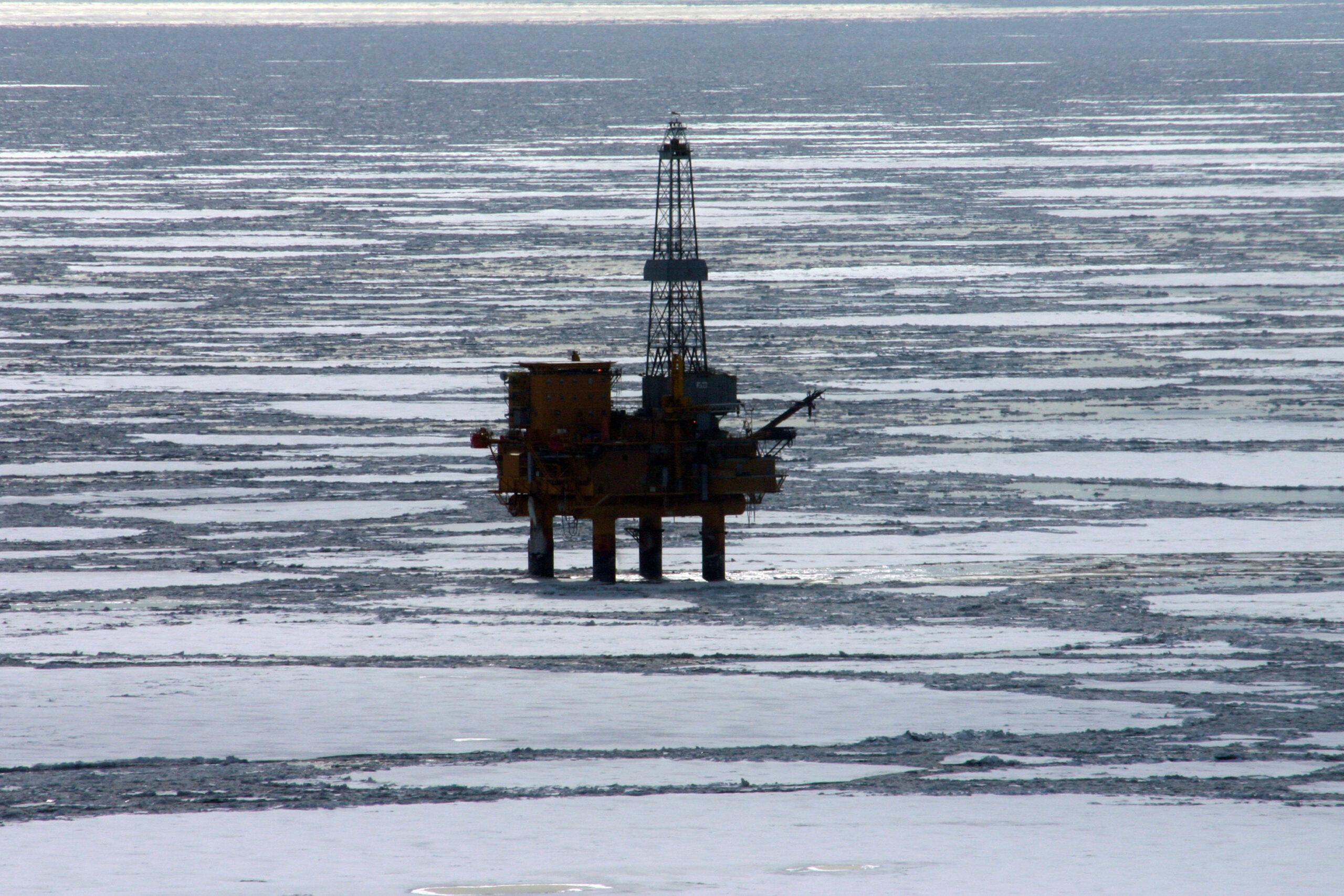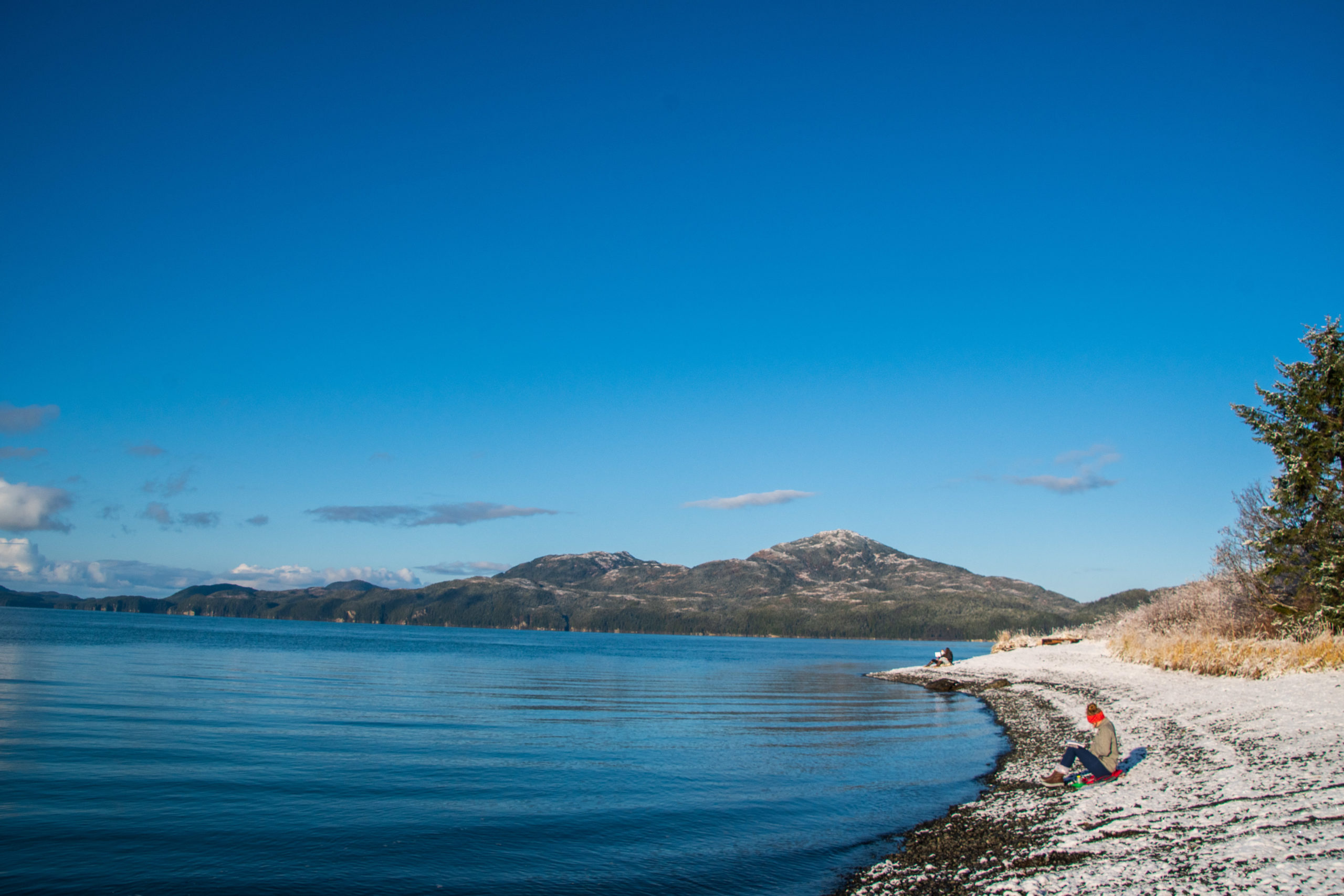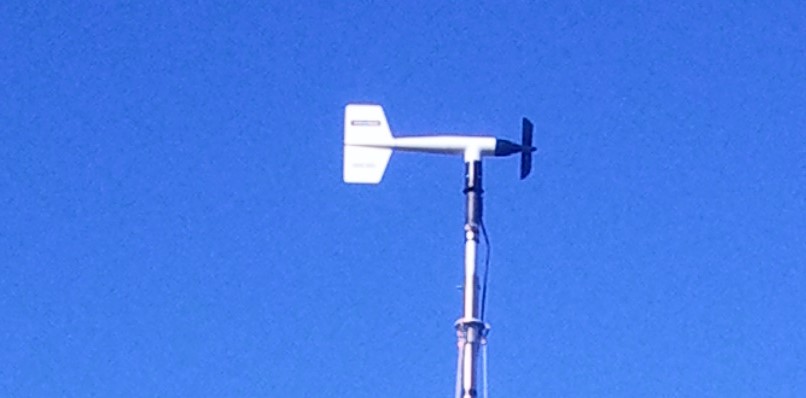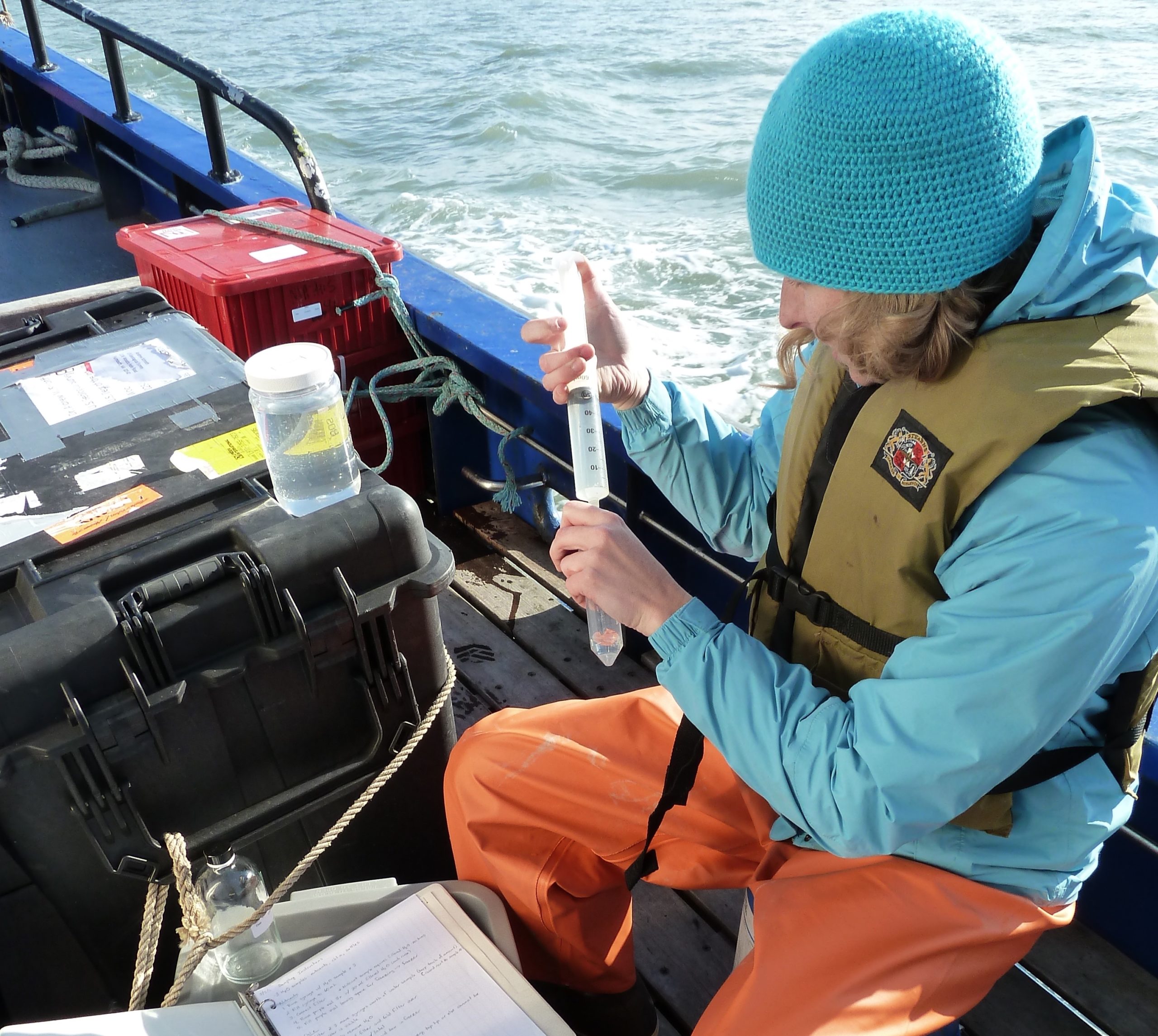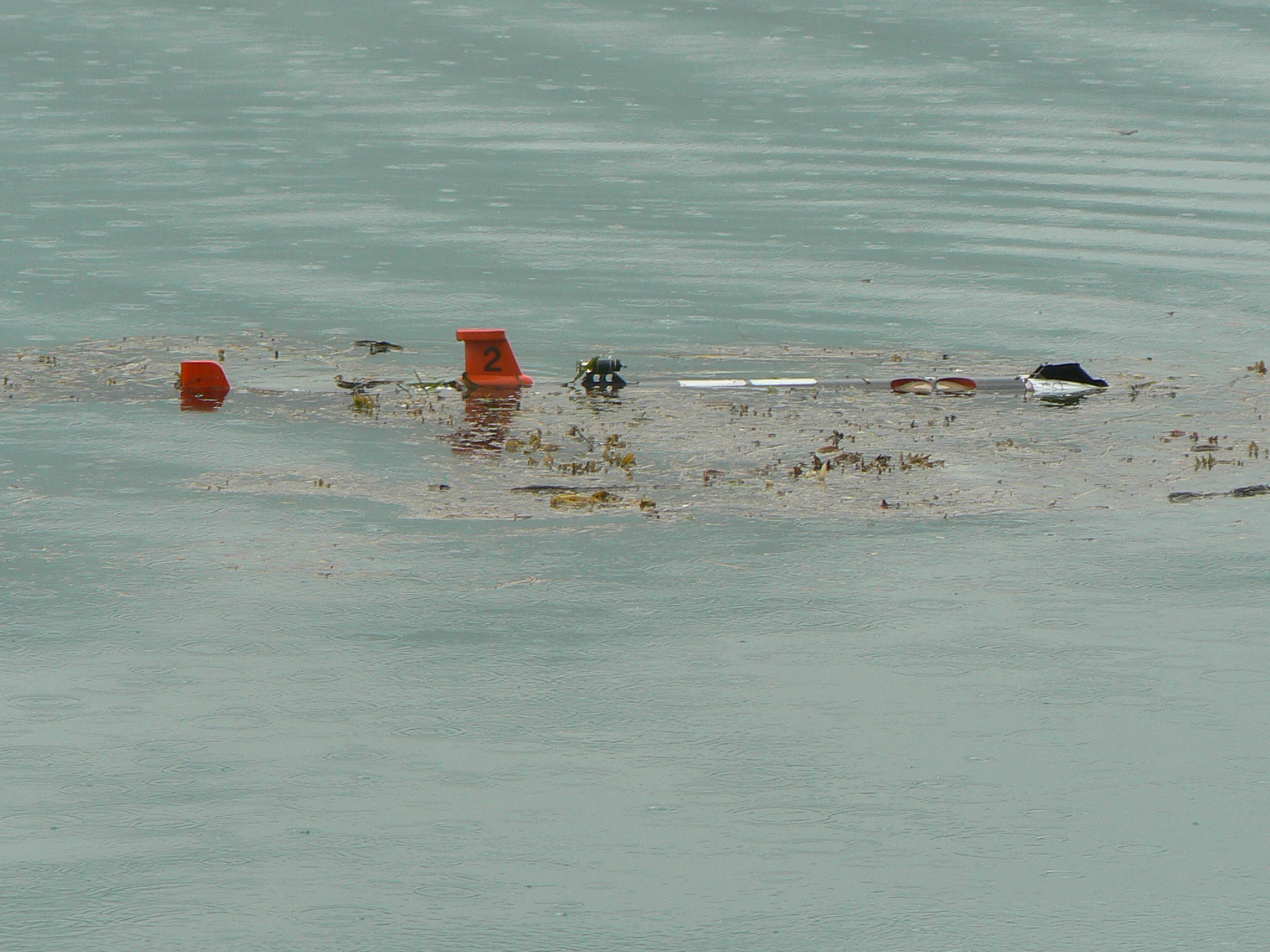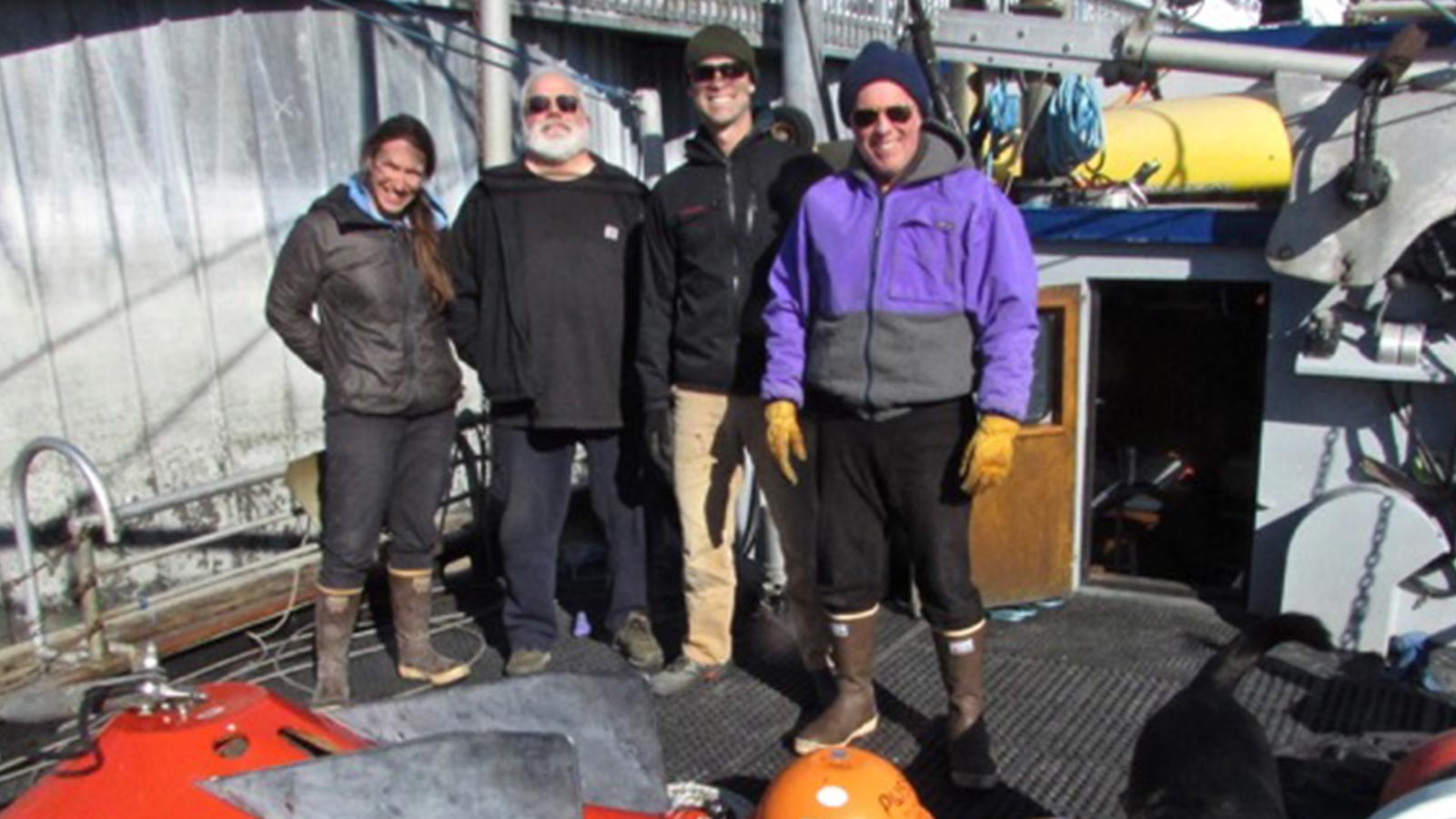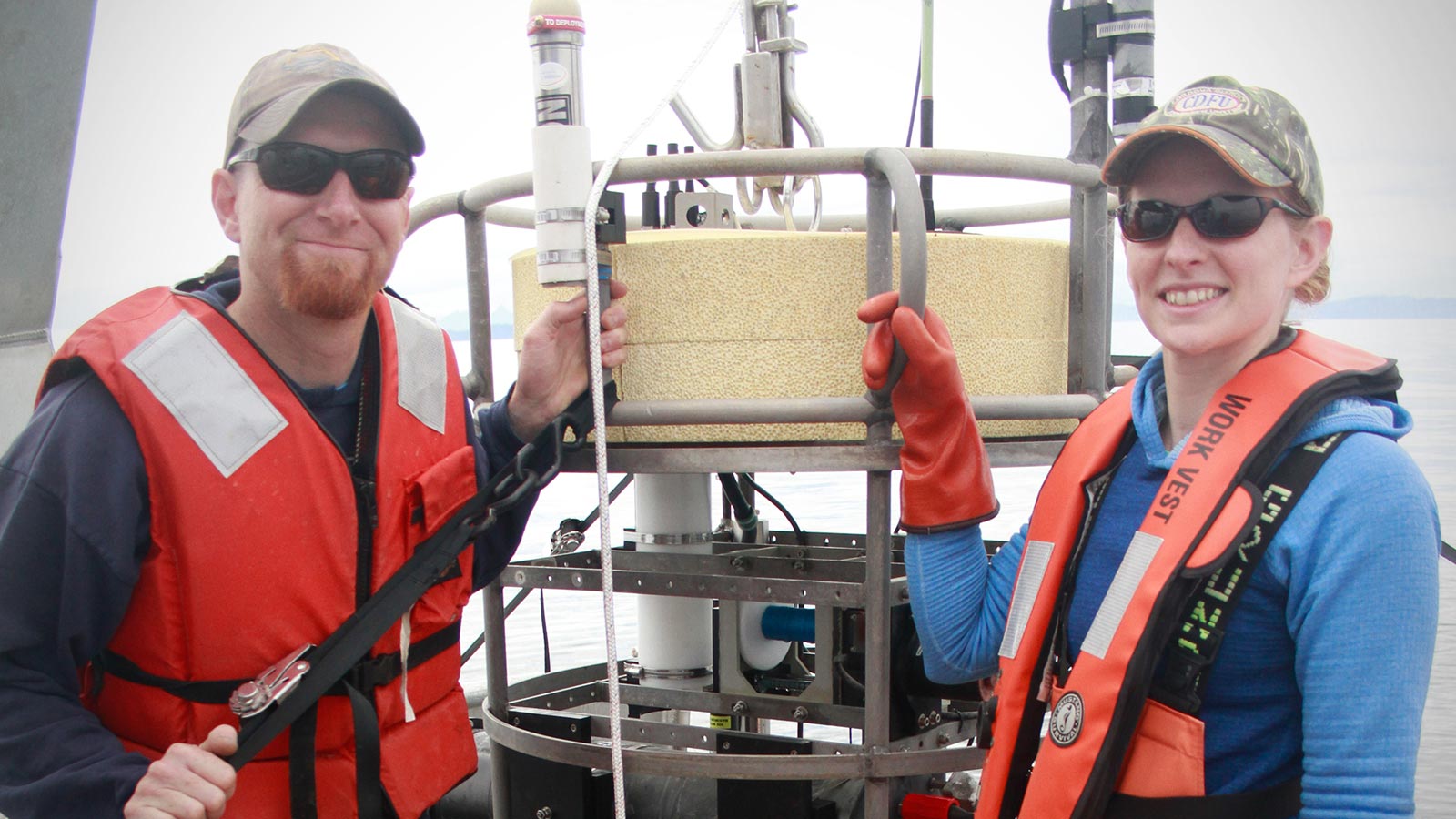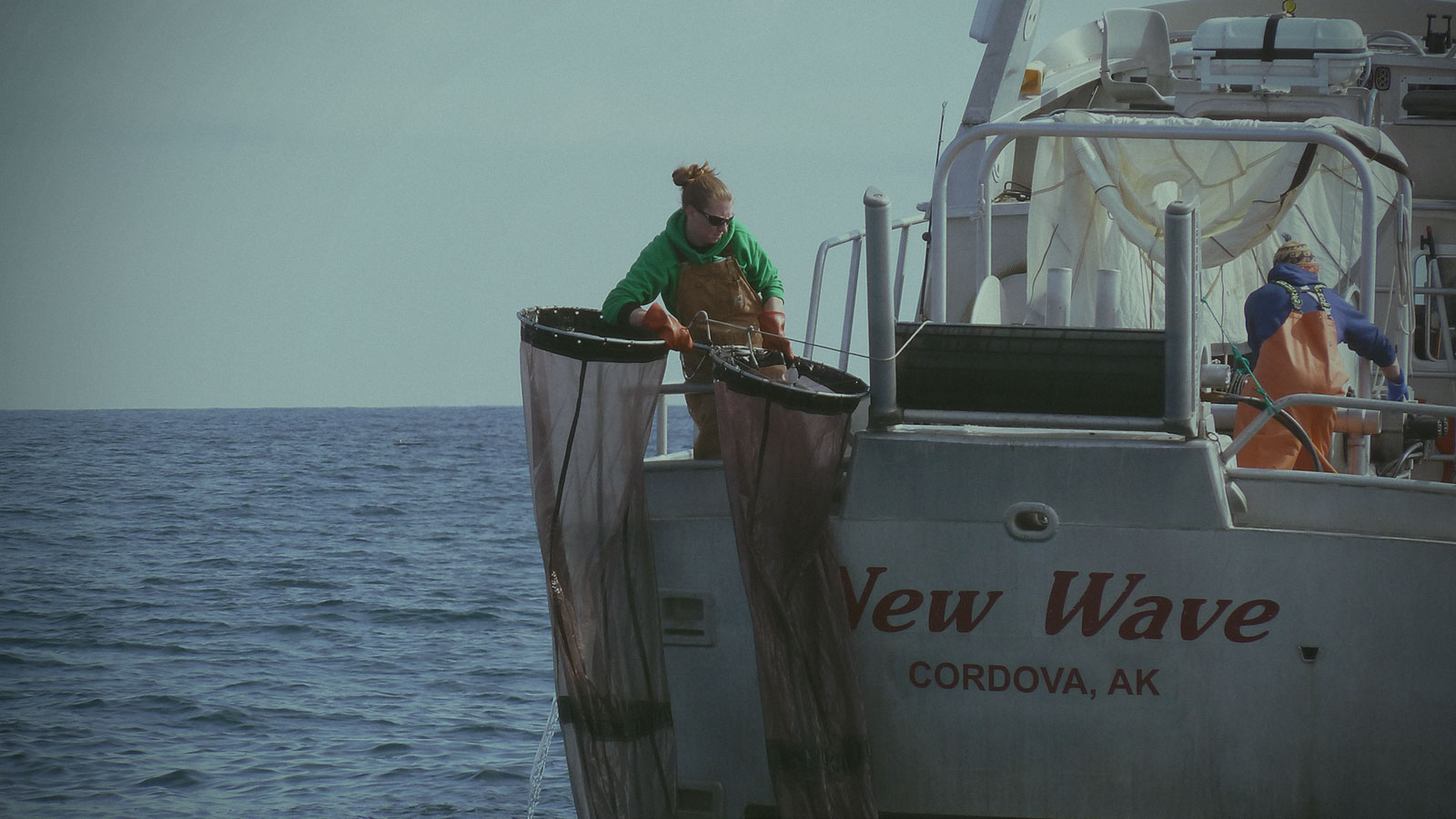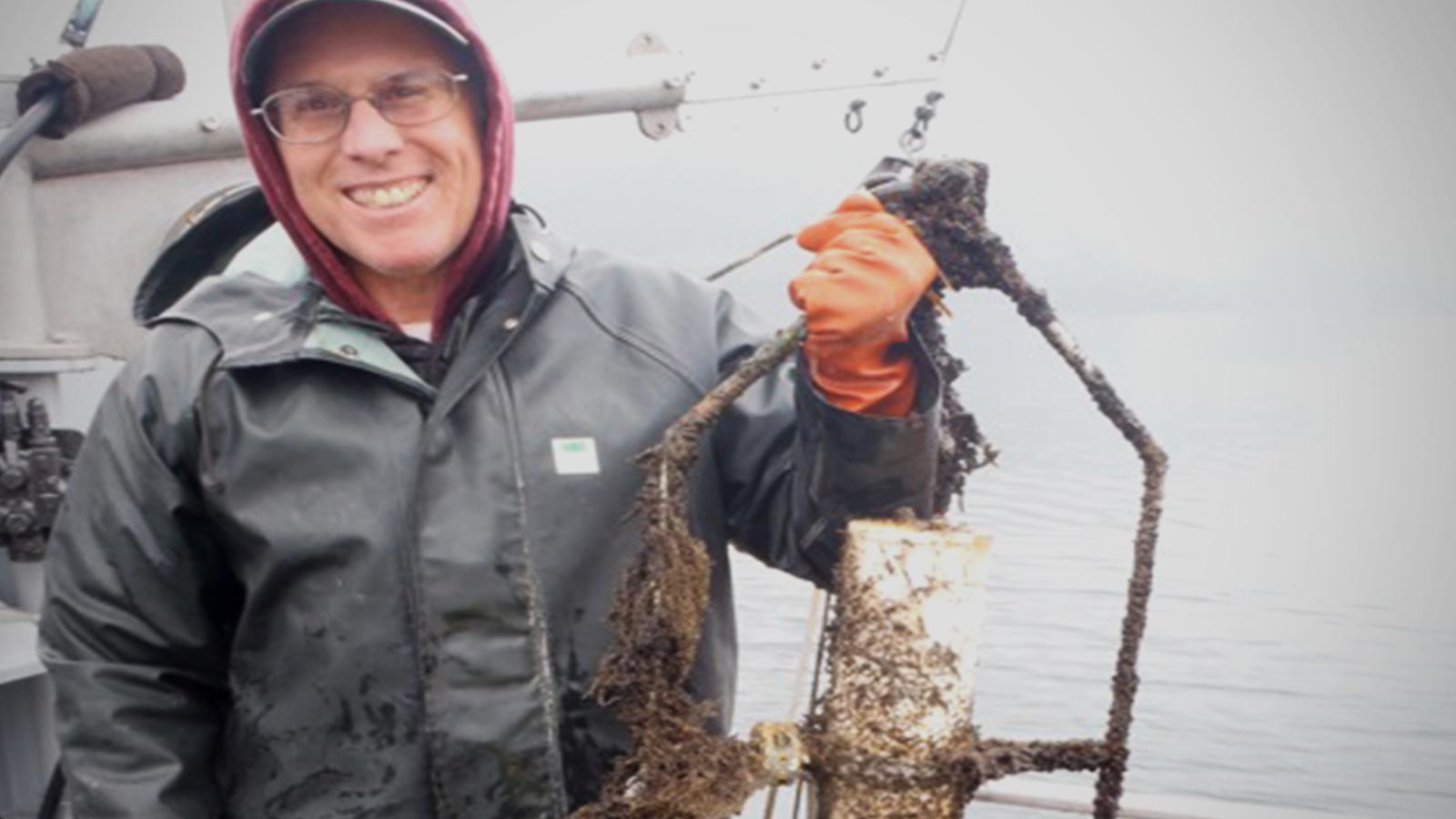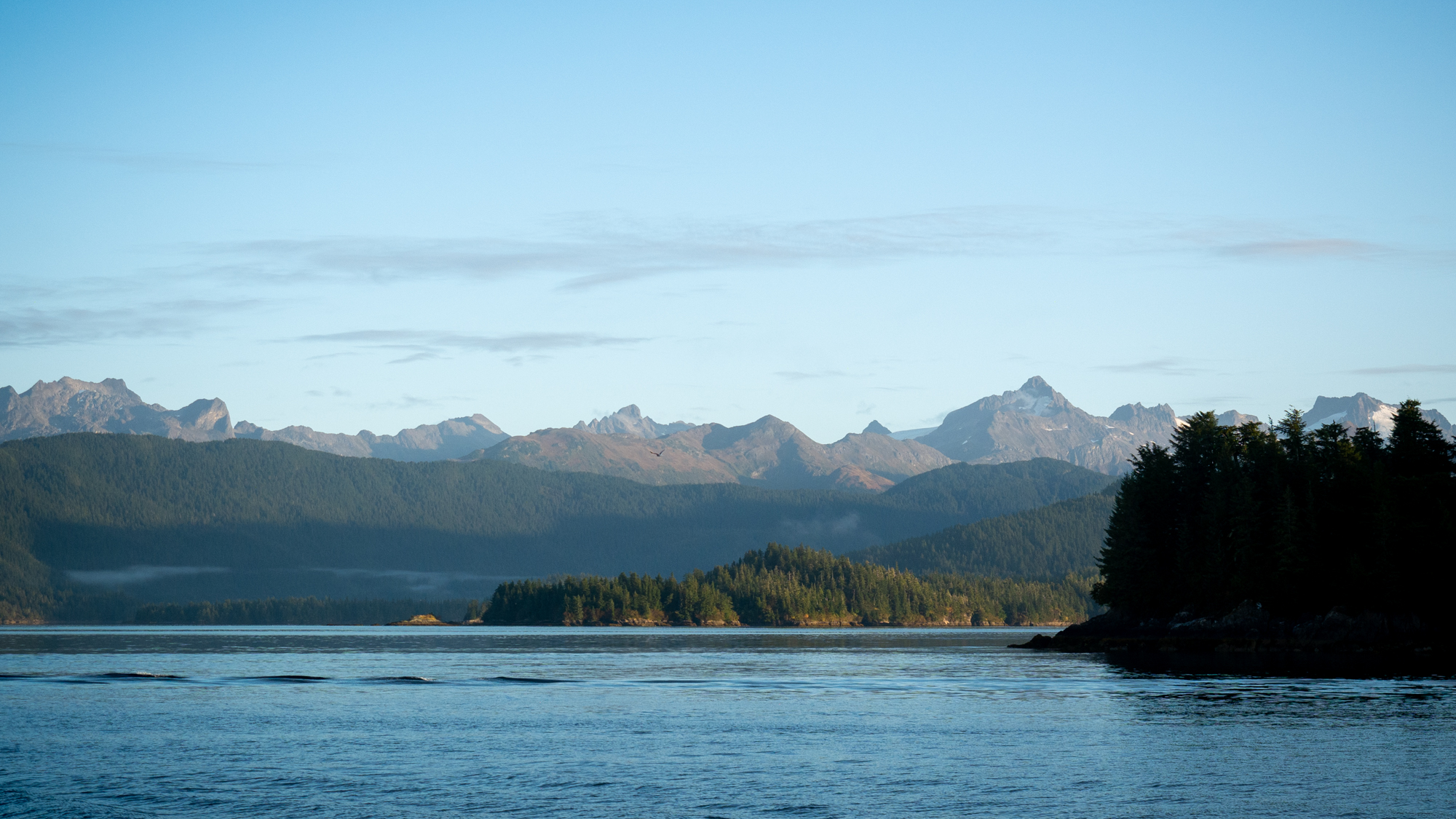
PROGRAM
Ocean Tracking Network Acoustic Arrays
Prince William Sound Science Center has been tracking fish movements in Prince William Sound for more than 10 years using underwater acoustic receivers. Over the years, Pacific herring, copper rockfish, lingcod, Pacific cod, and most recently, walleye pollock have been surgically implanted with acoustic tags by Science Center staff.
When an acoustic-tagged fish travels within a receiver’s range, the receiver detects the pulses from the transmitter, and records the date, time, and fish id number. Depending on the tag, other data including swimming depth and temperature can also be recorded. Periodically the Science Center uploads the data using a surface modem that communicates with the receiver or by retrieving the receiver.
The first large-scale acoustic receiver array in Prince William Sound was established by the Science Center during 2008 across the mouth of Port Gravina—a biological hotspot—as part of the Pacific Ocean Shelf Tracking Project. In March 2013, the Prince William Sound Science Center collaborated with Canada’s Ocean Tracking Network to expand its acoustic-tracking abilities by installing a series of underwater, acoustic receiver arrays across the major entrances between Prince William Sound and the Gulf of Alaska.
Currently the Science Center maintains acoustic arrays across the mouths of Hinchinbrook Entrance and Montague Strait. Four smaller arrays in the southwest passages of Prince William Sound are also maintained by the Science Center. Initially each array consisted of 2 to 16 acoustic receivers moored on the seafloor. Since then, additional receivers have been added to aid in determining movement direction.
The Prince William Sound arrays at the entrances to the Sound are the first of its kind in Alaska and are part of the Ocean Tracking Network’s larger global network of acoustic receivers and oceanographic monitoring equipment designed to identify on small to large scales the critical habitats and migration pathways of aquatic animals important to humans. With these arrays at the entrances to the Sound, we expect to increase our understanding of the marine animal connectivity between Prince William Sound and the Gulf of Alaska.
Mary Anne Bishop, Ph.D. Senior Research Scientist mbishop@pwssc.org
Research Period:
Since 2008
Funding:
Pacific Ocean Shelf Tracking Project Ocean Tracking Network Exxon Valdez Trustee Council Alaska Ocean Observing Systems

